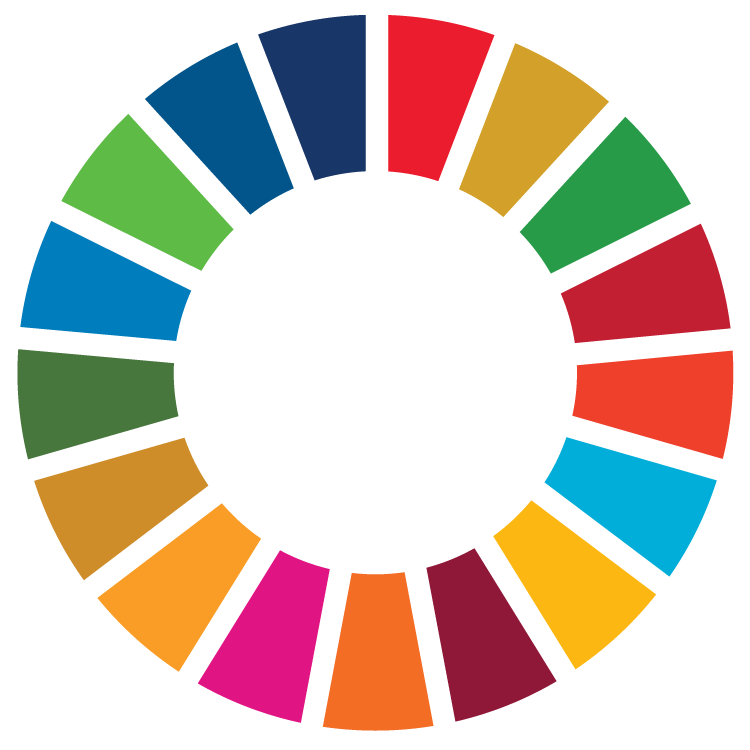The Western Indian Ocean includes the ten countries of Comoros, France, Kenya, Madagascar, Republic of Mauritius, Mozambique, Seychelles, Somalia, South Africa and the United Republic of Tanzania, which have continued to express an interest in the potential for marine protection both within and beyond national jurisdiction (UNEPNairobi Convention and WIOMSA. 2021). The Contracting Parties (CP) of the Nairobi Convention (NC) has mandated the secretariat to examine the role of the Nairobi Convention with respect to areas beyond national jurisdiction (ABNJ). However, it is worth noting that the NC’s charter does not currently extend to coverage of the ABNJ. It may be worth considering whether a formal mandate should be sought to engage further with the discussion of MPAs in ABNJ.
The latest definition of MPAs is “a geographically defined marine area that is designated and managed to achieve specific long-term biodiversity conservation objectives and may allow, where appropriate, sustainable use provided it is consistent with the conservation objectives.” (Article 1 of the Agreement under the United Nations Convention on the Law of the Sea on the conservation and sustainable use of marine biological diversity of areas beyond national jurisdiction (BBNJ Agreement)). However, the definition does not specify what are the specific long-term biodiversity conservation objectives that a MPA can have that can in turn determine what activities need to be regulated in the defined marine area.
Through the use of science and consideration of socioeconomic interests, this background paper identifies areas with the potential to become an MPA. Based on the identified scenarios, it proposes potential governance mechanisms. This paper is authored after the adoption of the agreed text of the BBNJ. This background paper can be read in conjunction with the ‘State of the Ocean Governance in the Western Indian Ocean (UNEP and Nairobi Convention, 2020).


